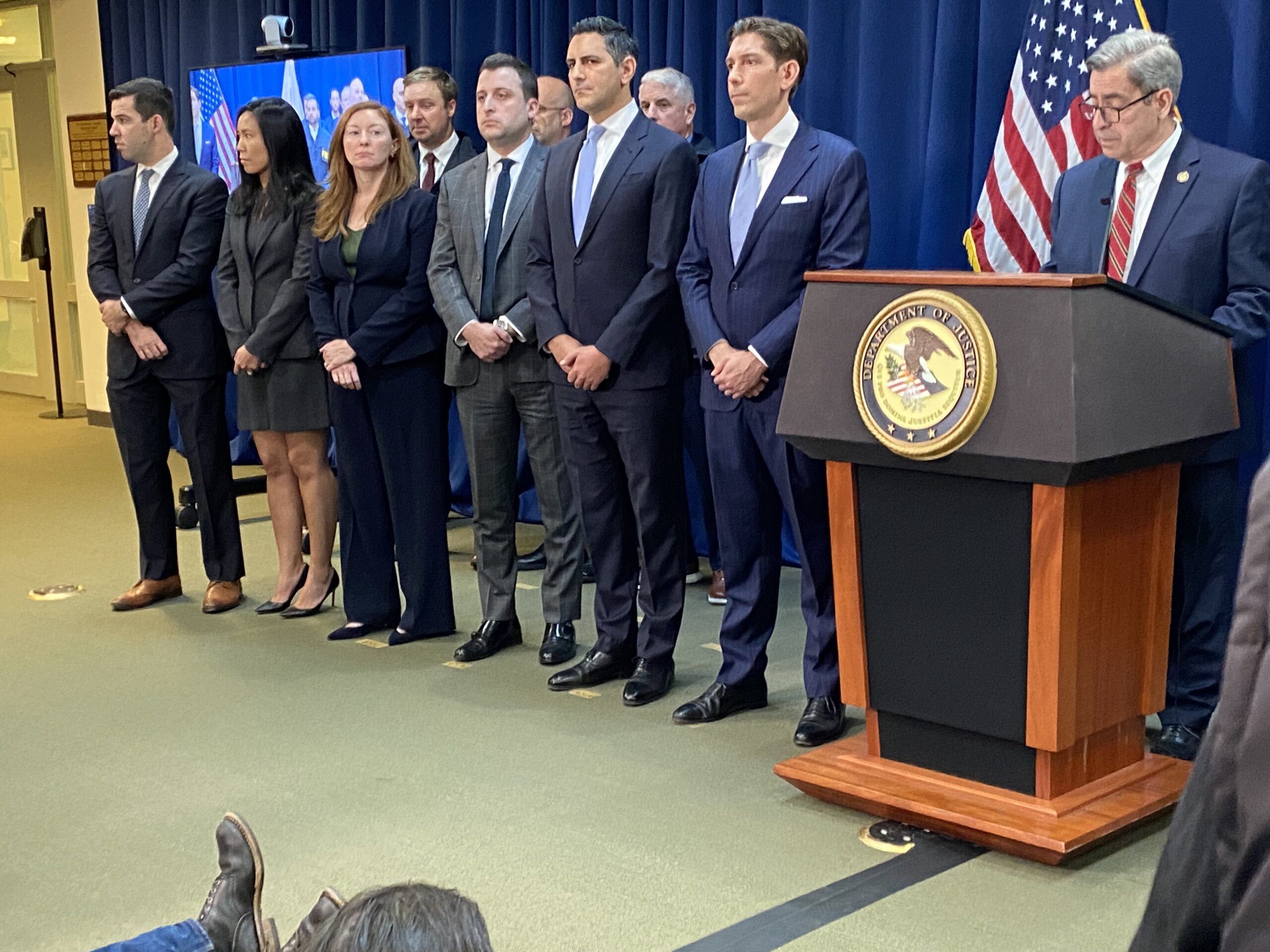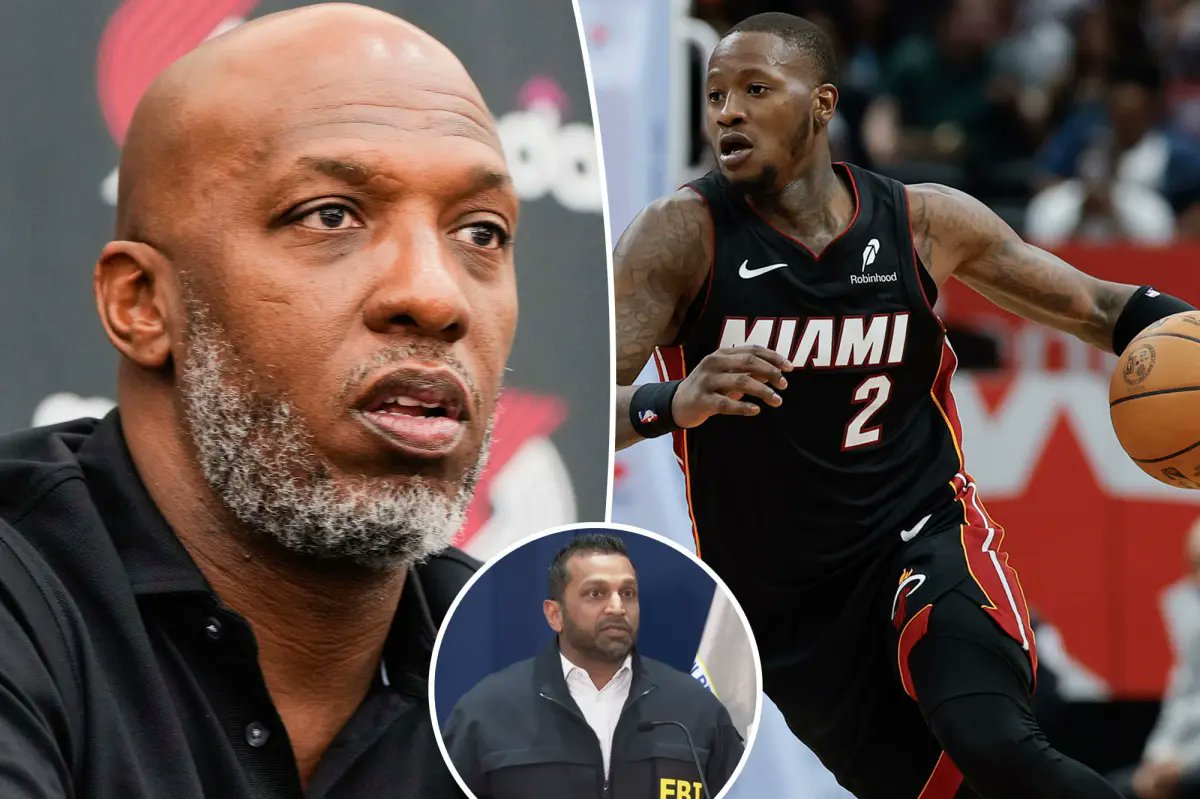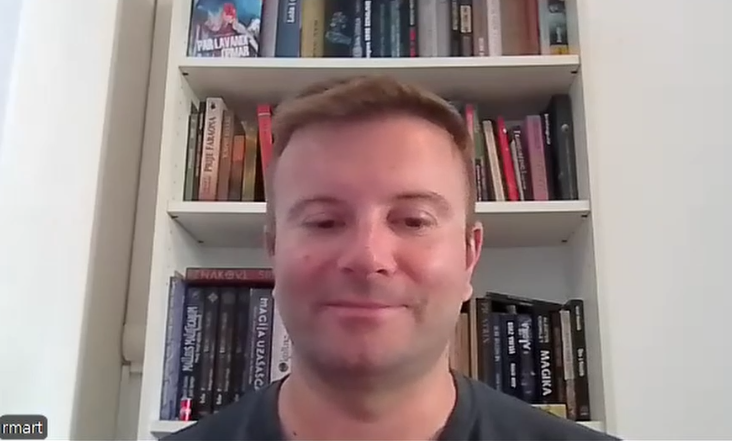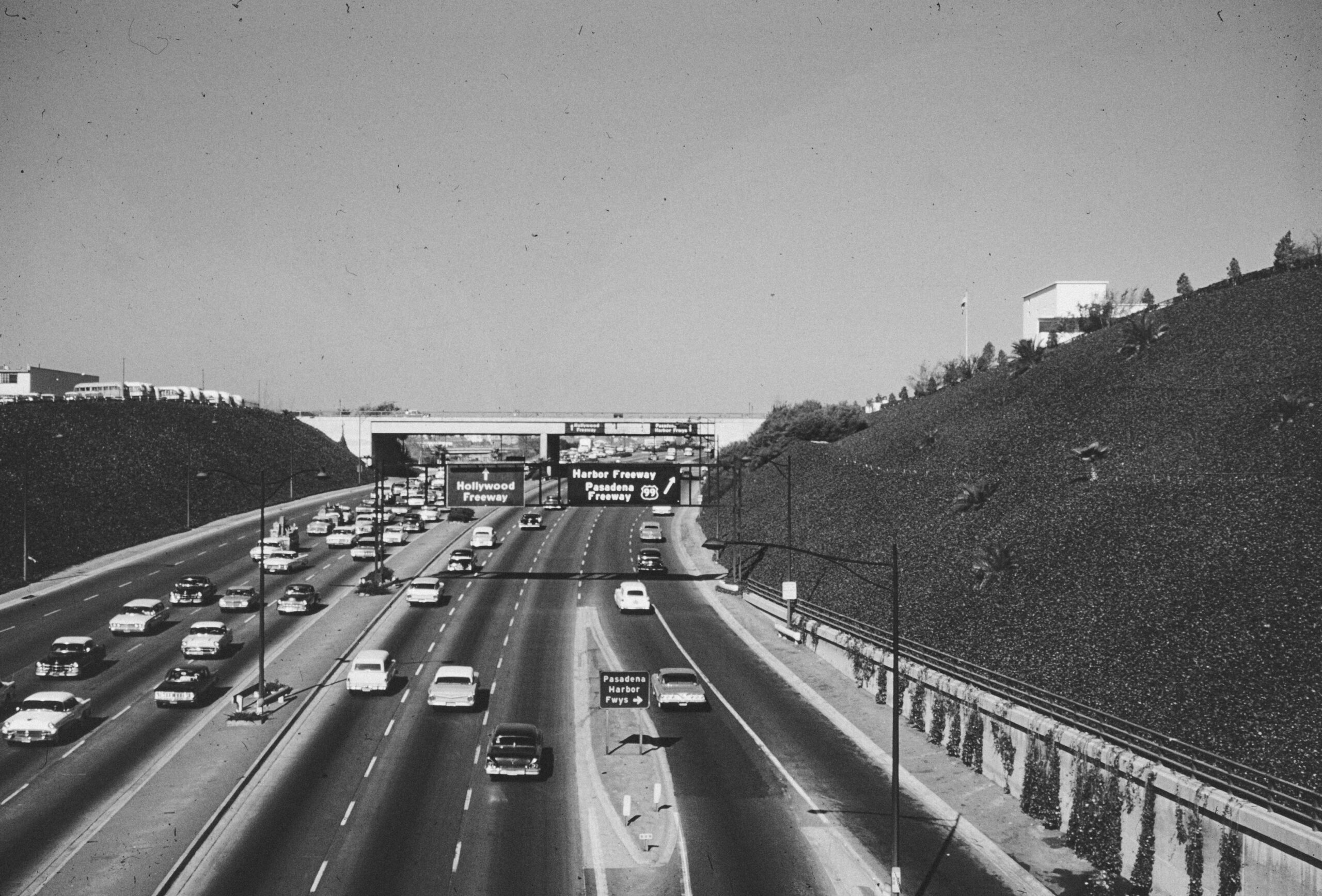By Matija Šerić
After a four-year tenure at Real Madrid, one of the world’s most respected football experts, Carlo Ancelotti, faces the challenge of his career. As of May 26, he officially became the head coach of the Brazilian national football team. Although historically Brazil’s national team has been one of the most attractive in terms of both names and style of play, the Italian coach will not have an easy task ahead. Brazil is currently in a period of deep crisis, but despite its problems, the expectations of its fans remain enormous.
The best club coach
If anyone is up to this tough challenge, it is Ancelotti—a born winner. Over the course of his managerial career, he has won 31 trophies. He is the only coach to have won league titles in all of Europe’s “big five” leagues. He has also won five UEFA Champions League titles (appearing in six finals), five UEFA Super Cups, three FIFA Club World Cups, among other honors. Due to his outstanding record, Ancelotti is officially the most successful manager in club football history. While he has had top-tier squads at his disposal, including AC Milan, Chelsea, PSG, Bayern, and Real Madrid, this should not diminish his achievements.
Lack of international experience
Whether Ancelotti can translate his club-level success to the Brazilian Seleção is one of the most relevant questions in football today. This will be his first experience as a national team manager. So far, his only involvement with international football came as an assistant to Italy’s head coach Arrigo Sacchi during the 1994 World Cup. Italy finished as runners-up that year, losing in the final to Brazil itself. Perhaps this is a good omen.
A promising start
Ancelotti has already overseen two official matches at the helm of Brazil. On June 5, Brazil played to a 0-0 draw against Ecuador, and five days later, they defeated Paraguay 1-0, securing qualification for the World Cup to be held next year in the USA, Mexico, and Canada. Although both matches were lackluster and the style of play poor, Brazil achieved its objective. After 16 out of 18 qualification rounds, Brazil sits third in the CONMEBOL standings with 25 points, a full 10 points behind leaders Argentina. This underscores the severe crisis within the Brazilian national team—a crisis Ancelotti did not create but will have to overcome.
Presentation of Carlo Ancelotti with the Brazilian national team
A team in crisis
The Brazilian national team finds itself at a major crossroads. The question is whether it will return to its former glory or continue its descent into mediocrity. For years, Seleção has struggled and underperformed given its reputation. The players have yet to mentally recover from their elimination by Croatia in the quarterfinals of the 2022 World Cup in Qatar.
Additionally, issues such as player disagreements, lack of motivation, and the absence of a recognizable tactical identity have plagued the team. Ancelotti’s predecessor, Dorival Júnior, failed to organize the squad, leaving it in chaos and relying on individual quality to scrape out results. Ancelotti will need to do much better if Brazil hopes to be competitive at the World Cup. As always, Brazil’s goal is to win the title, but this will be an incredibly difficult task.
Lack of superstar players
Brazil’s problem lies in the absence of superstars like Ronaldo, Ronaldinho, Rivaldo, or Kaká in its current squad. While Brazil is fortunate to still have top individual talents like Raphinha, Vinícius Júnior, Rodrygo, Lucas Paquetá, Bruno Guimarães, Gabriel Magalhães, and Marquinhos, these players can showcase their talent only within a cohesive collective framework. Therefore, Ancelotti’s ability to extract maximum potential from them through clear tactical structures will be crucial for Brazil’s journey back to the top.
An unmotivated Neymar
The only player who still somewhat holds superstar status is Neymar, who has not played serious football in years due to constant injuries. However, Ancelotti considers Neymar “an extremely important player” and has urged him to use the time available to prepare for the World Cup as best as possible. “He needs to prepare well, and there is enough time for that,” the Italian emphasized at the end of June. “He is a key player for us ahead of the World Cup,” Ancelotti added. Neymar (33) extended his contract with Brazilian club Santos until the end of the year this June. His career has been marred by numerous injuries, and this year he has made only 13 appearances for Santos, scoring four goals.
Ancelotti’s task
The Italian expert must bring calm, stability, a recognizable tactical identity, and an attractive style of play to the team if Brazil is to achieve anything at the World Cup. Before that, he will oversee two more qualification matches and several friendlies. However, he will have enough time to prepare the team properly for the tournament, where he will be able to demonstrate what he can do as a national team coach. His task will be to connect top individual talents into a harmonious and effective team capable of challenging for the world title.
The need to strengthen the defense
Tactics are precisely where Ancelotti can contribute the most. He will need to shore up a porous defense, restore creativity in midfield, and coordinate the midfield with the attack. In recent years, Brazil’s defense has been practically nonexistent. From the World Cup in Qatar until Ancelotti’s arrival, Brazil conceded 31 goals in 25 matches. By comparison, under former coach Tite, Brazil conceded only one more goal in 81 matches. The full-back positions are the biggest problem.
If Ancelotti fails to stabilize the defense, he will not be able to achieve anything. Encouragingly, Brazil did not concede in the first two matches under his management. Alisson was in goal, with Alex Sandro, Alexsandro, Marquinhos, and Vanderson in defense. Although Ancelotti opted for a 4-3-3 formation, perhaps a 3-5-2 system with three center-backs and two wing-backs might be the solution, a strategy once used by Luiz Felipe Scolari.
Why Brazil Are Betting Everything On Carlo Ancelotti
Restoring creativity in midfield
The lack of creativity in midfield is striking. Due to poor ball distribution in the middle of the pitch, forwards like Vinícius Júnior, Raphinha, Matheus Cunha, and Endrick have few scoring opportunities. Ancelotti has brought Casemiro back into the team, with whom he worked excellently at Real Madrid. The Casemiro-Bruno Guimarães duo could form the two holding midfielders, with attacking players building off them.
It remains uncertain whether Lucas Paquetá can serve as the playmaker, the “number 10.” Rodrygo from Real Madrid, Andreas Pereira from Fulham, and Gerson from Flamengo have yet to establish themselves. Perhaps Gabriel Martinelli, who featured in Ancelotti’s first two matches, could emerge as the key player. This is also why Neymar’s presence is crucial, as a fully fit Neymar would elevate the team’s quality to a new level. Additionally, one of the center-forwards will need to start scoring consistently. Richarlison, who has been unconvincing so far, might prove to be the best option.
An episode or a new era?
Ancelotti’s renowned tactical adaptability, his openness to thoughtful experimentation, and a balanced roster could provide the perfect foundation for a new era on Brazil’s bench. However, if he fails to deliver results—at least a World Cup semifinal, coupled with an attractive style of play in the eyes of the fans—he will be dismissed and remembered as just another short-lived episode on the hottest national team bench in the world. Whether this adventure was worth it for Ancelotti is something we will know in less than a year.








